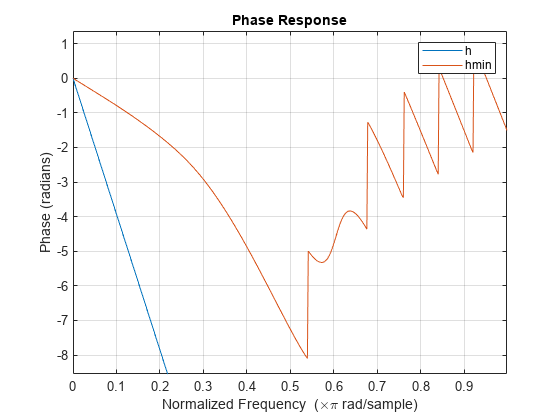polystab
Stabilize polynomial
Syntax
Description
Examples
Input Arguments
Output Arguments
Algorithms
The polystab function finds the roots of the polynomial, maps the
roots found outside the unit circle, and relocates them to the inside of the unit
circle:
v = roots(a); vs = 0.5*(sign(abs(v)-1)+1); v = (1-vs).*v + vs./conj(v); b = a(1)*poly(v);
Version History
Introduced before R2006a

